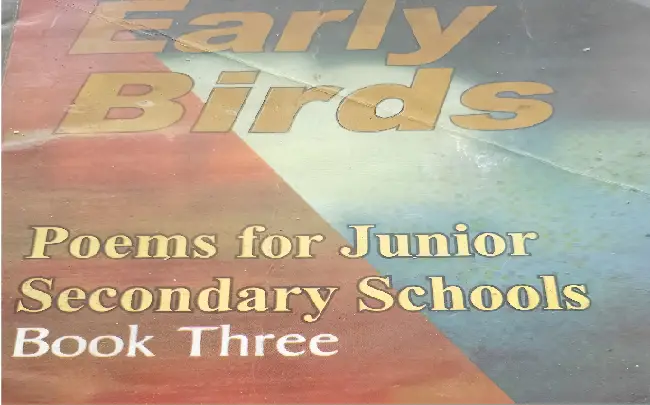Poetry is a magnificent realm where words dance to their own rhythm, evoking emotions, and painting vivid imagery in the minds of readers. Within the world of poetry, there exists a fascinating form known as the “fixed form poem.”
Fixed form poems are like puzzles, intricate and precise, where the structure is as vital as the words themselves.
In this article, we will delve into the enchanting world of fixed form poems, offering both examples and a guide on how to craft your own lyrical masterpieces.
What Is A Fixed Form Poem?
A fixed form poem is defined by its strict adherence to a predetermined structure. This structure can encompass various elements, such as rhyme scheme, meter, line length, and stanza pattern. These constraints provide a creative challenge, encouraging poets to craft unique works within a well-defined framework.
Let’s explore some of the most popular fixed forms and showcase examples of each.
Sonnet
The sonnet is a 14-line poem known for its iambic pentameter and rhyme scheme. Two famous sonnet forms are the Petrarchan and Shakespearean.
Here’s an example of a Shakespearean sonnet by William Shakespeare:
“Shall I compare thee to a summer’s day?
Thou art more lovely and more temperate…”
Haiku
The haiku is a traditional Japanese form consisting of three lines with a 5-7-5 syllable pattern.
Here’s a haiku by Matsuo Basho:
“An old silent pond…
A frog jumps into the pond—
Splash! Silence again.”
Villanelle
A villanelle is a 19-line poem with a specific rhyme scheme. The first and third lines of the poem are repeated alternately at the end of each stanza.
Here’s an excerpt from Dylan Thomas: “Do Not Go Gentle into That Good Night”:
“Do not go gentle into that good night,
Old age should burn and rave at close of day;
Rage, rage against the dying of the light.”
Sestina: A sestina is a highly structured 39-line poem. It consists of six 6-line stanzas followed by a three-line envoi. The words at the end of each line in the first stanza are repeated in a specific pattern throughout the poem.
An example of a sestina is “Sestina” by Ezra Pound.
How To Write A Fixed Form Poem
Now that you’ve seen examples of various fixed forms, it’s time to create your own masterpiece.
Here’s a step-by-step guide:
- Select a Fixed Form: Choose a fixed form that appeals to you and suits the theme or message you want to convey.
- Study the Rules: Familiarize yourself with the specific rules of the chosen form, including rhyme schemes, meter, and line or stanza structure.
- Brainstorm: Develop a clear idea or theme for your poem. Think about the message or story you want to convey.
- Create an Outline: Plan your poem by outlining the structure, considering the placement of rhymes and the flow of the poem.
- Write the First Draft: Start writing your poem, adhering to the rules of the chosen form. Don’t worry too much about perfection at this stage.
- Revise and Edit: Carefully review your poem, ensuring that it meets the form’s requirements and refining the language for clarity and emotional impact.
- Seek Feedback: Share your poem with peers or mentors to gain valuable feedback and make improvements.
- Finalize Your Poem: Make any necessary revisions, and once satisfied, finalize your fixed form poem.
Conclusion
Fixed form poems are like the intricate workings of a clock, requiring precision and care to create a harmonious piece of art. These poems challenge poets to embrace the constraints of structure and create magic within those boundaries. By exploring examples and following the steps outlined in this article, you can embark on a poetic journey of your own, crafting exquisite fixed form poems that will captivate readers and stand the test of time.
Poetry, after all, is the ultimate expression of the soul, and fixed form poems are a testament to the beauty of creativity within constraints.




